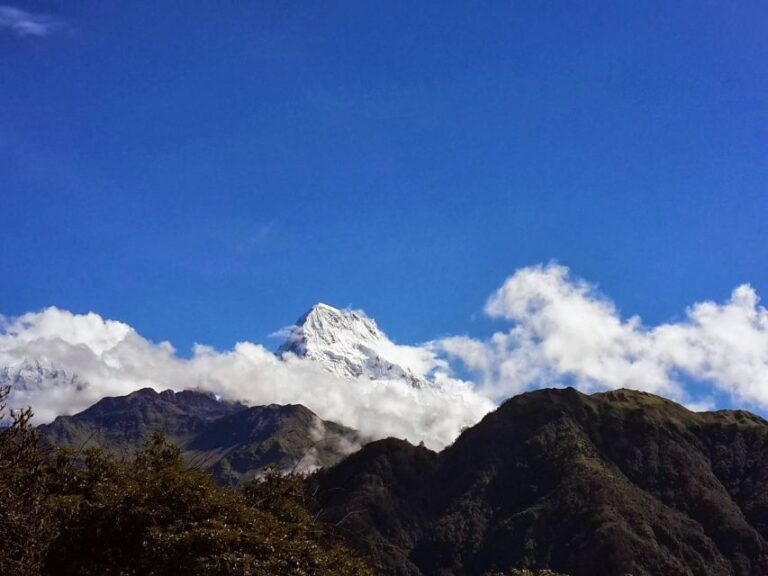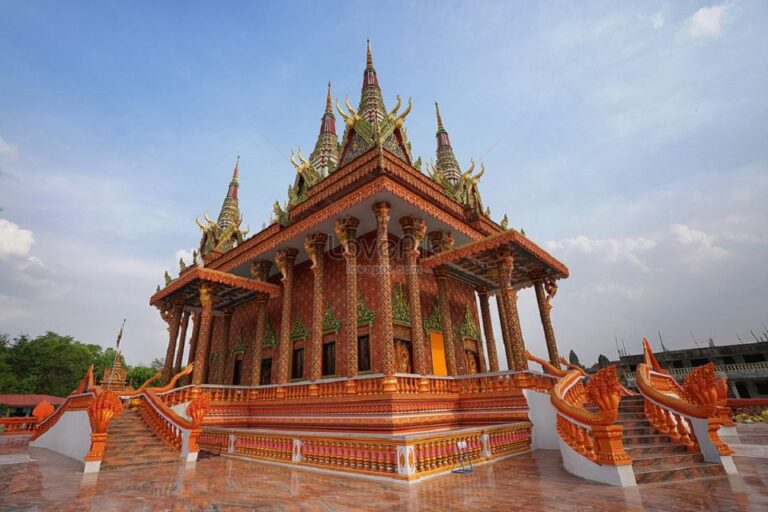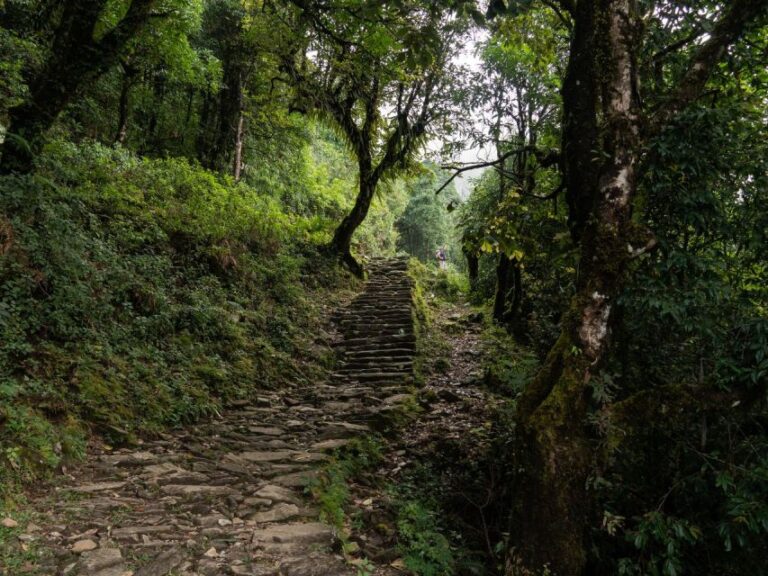Holi – Festival of Colours
Celebrated with colors, camaraderie, and cultural flair, Holi – the Festival of Colours, captivates participants with its jubilant spirit and symbolic rituals.
But what lies beneath the surface of this kaleidoscopic celebration? Discover the origins, customs, and deeper significance of Holi, a festival that not only paints the world in vibrant hues but also weaves together stories of triumph and unity.
Join the exploration into this captivating festival that transcends borders and brings communities together in a riot of colors and shared traditions.
Just The Basics
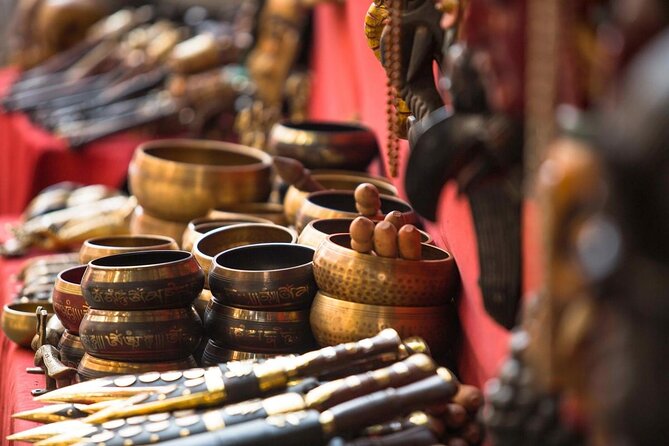
- Holi celebrates good over evil and the arrival of spring.
- Traditional and modern celebrations blend music, dance, and colors.
- Symbolic foods like Gujiya and Thandai enhance the festive spirit.
- Prioritize safety with natural colors, hydration, and caution during celebrations.
It's also worth checking out some other tours and experiences nearby.
History of Holi
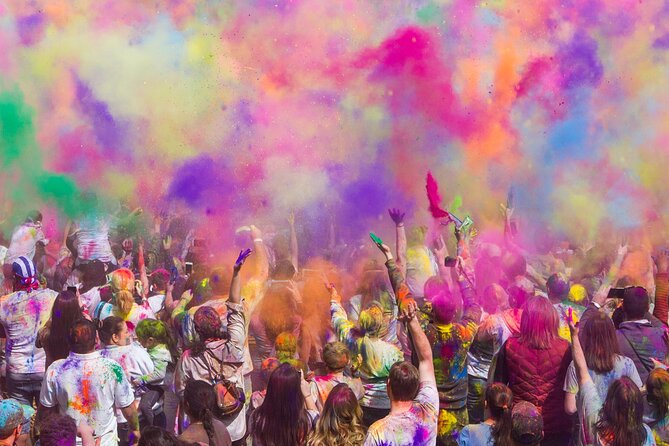
With roots dating back centuries, the vibrant festival of Holi holds a significant place in Indian culture and tradition. The origins of Holi can be traced to various legends and myths, with one of the most popular being the tale of Prahlad and Holika.
This ancient festival celebrates the triumph of good over evil, the arrival of spring, and the end of winter. Holi is a time for people to come together, forget their differences, and rejoice in a spirit of unity and love.
The cultural significance of Holi extends beyond just playing with colors; it symbolizes renewal, forgiveness, and the victory of light over darkness. This beloved festival showcases the rich tapestry of Indian heritage and the joyous spirit of its people.
Significance of Colors
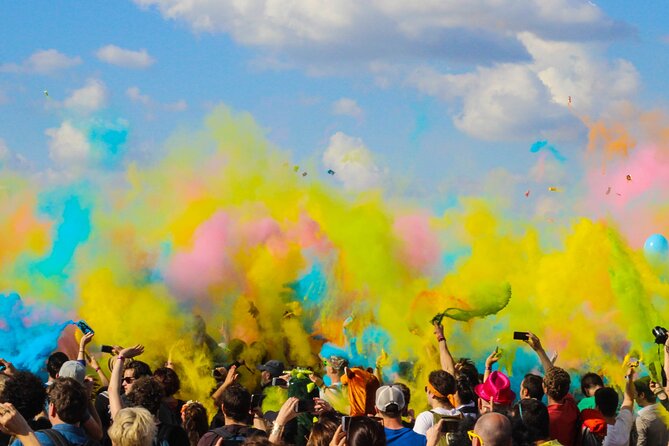
The vibrant colors of Holi hold deep cultural significance in symbolizing various aspects of life, emotions, and traditions.
-
Color therapy: The different hues used during Holi are believed to have a therapeutic effect on the mind and body, promoting positivity and well-being.
-
Cultural symbolism: Each color used in Holi represents various emotions and concepts like red for love and fertility, blue for the divine, green for new beginnings, yellow for knowledge and learning, and pink for joy and happiness.
These colors not only add a visual spectacle to the festival but also carry profound meanings deeply rooted in Indian culture, making Holi a celebration that goes beyond just playful color throwing.
Traditional Celebrations

Colorful processions fill the streets with music, dance, and joy during the traditional celebrations of Holi. Traditional dances like the energetic ‘Dandiya Raas’ and the graceful ‘Kathak’ are performed in vibrant costumes, adding to the festive atmosphere. The beats of traditional instruments like the dhol, tabla, and manjeera fill the air, accompanying the rhythmic movements of the dancers.
People gather in large groups, singing traditional Holi songs known as ‘Holi Milan’ songs that narrate stories of love and togetherness. The celebrations are a blend of colors, sounds, and emotions, reflecting the rich cultural heritage of India. It’s a time when communities come together to rejoice, forgetting differences and embracing unity through music, dance, and shared joy.
Modern Observances
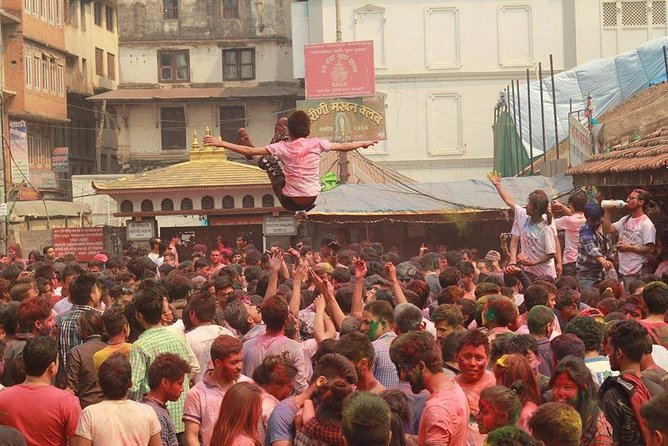
Modern Holi celebrations have evolved to incorporate electronic music and vibrant street art, attracting a younger demographic eager to experience the fusion of tradition and contemporary trends. Evolutionary customs and contemporary practices have reshaped the way Holi is celebrated in the modern age, blending old traditions with new elements.
-
Traditional bonfires are now accompanied by DJ sets, creating a lively atmosphere.
-
Water balloons and colored powders are used in conjunction with digital photo booths for Instagram-worthy moments.
-
Special Holi-themed music festivals are organized, featuring both local and international artists.
-
Graffiti artists showcase their skills by creating colorful murals depicting Holi themes on public walls.
-
Holi parties now integrate eco-friendly practices, promoting sustainability alongside the revelry.
Popular Holi Foods
Indulge in a mouthwatering array of festive delicacies enjoyed during the vibrant celebration of Holi.
The festival of colors also brings a rich tapestry of traditional Holi foods that play a significant role in the culinary traditions of the occasion.
From the iconic Gujiya, a sweet dumpling filled with khoya and dry fruits, to the refreshing Thandai, a flavored milk beverage infused with nuts and aromatic spices, Holi is a feast for both the eyes and the taste buds.
Other popular Holi foods include Puran Poli, a sweet flatbread stuffed with lentils and jaggery, and the savory Dahi Vada, lentil dumplings soaked in spiced yogurt.
These festive recipes not only symbolize the spirit of Holi but also bring families and communities together in joyous celebration.
Safety Tips for Holi
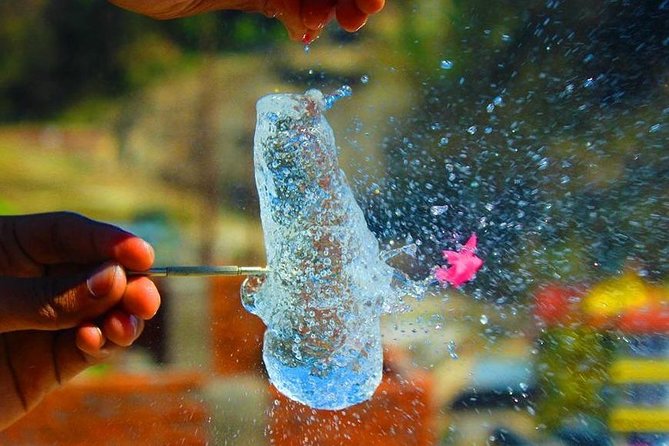
To ensure a safe and enjoyable Holi celebration, it’s important to be mindful of certain precautions that can enhance the festive experience for all participants. Holi holds deep cultural significance and observing safety precautions adds to its joyous spirit:
-
Use natural colors: Opt for organic colors to prevent any skin irritation or allergic reactions.
-
Protect your eyes: Wear sunglasses or goggles to shield your eyes from color powders.
-
Stay hydrated: Enjoy the festivities, but remember to drink plenty of water throughout the day.
-
Mind your surroundings: Be cautious of slippery surfaces due to water and colors.
-
Respect boundaries: Play Holi in a spirit of fun and camaraderie, while being mindful of others’ comfort levels.
Here's a few more nearby tours and experiences we think you'll like.
Frequently Asked Questions
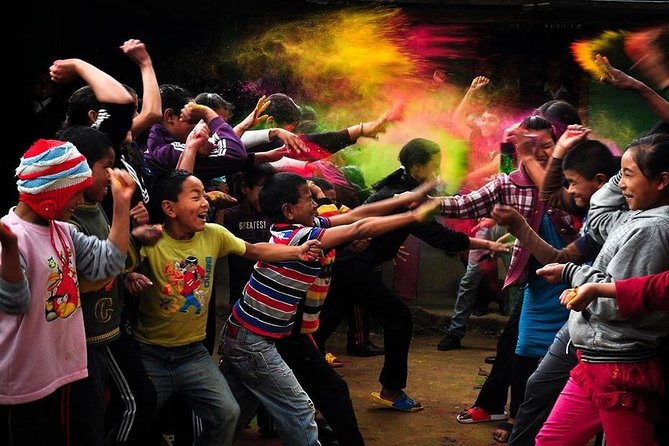
Can Pregnant Women Participate in Holi Celebrations?
Pregnant women should prioritize their safety and consider health concerns before participating in Holi celebrations. It’s essential to take necessary precautions, consult a healthcare provider, and avoid exposure to potential risks associated with the festivities.
Are Pets Allowed at Holi Events?
Pets are generally not allowed at Holi events due to safety concerns and event regulations. It is advisable to check with organizers beforehand. Ensuring a stress-free environment for all participants is a priority.
Is There a Dress Code for Holi Celebrations?
Dress code flexibility is key to embrace cultural significance at Holi celebrations. Participants often wear colorful attire, symbolizing unity and joy. The festival encourages creativity in dressing while respecting traditions, allowing for a vibrant and inclusive atmosphere.
How Early Should I Arrive at the Holi Celebration Site?
To ensure safety, participants should arrive early at the celebration site. This allows for proper crowd management and helps event organizers implement necessary safety measures effectively. It is advisable to follow any specific instructions provided by the event organizers.
Are There Any Age Restrictions for Participating in Holi Festivities?
Age restrictions vary by activity. Safety guidelines recommend supervision for children. Ensure compliance with rules to enjoy the festivities. Always prioritize safety. Celebrate responsibly to have a memorable and joyful experience at the event.
Not for you? Here's more of our most recent tour reviews happening neaby
- Upper Mustang Trekking – 15 Days
- Everest Helicopter Tour: Experience the Ultimate Aerial Adventure of a Lifetime
- 12 Days Annapurna Circuit Trek
- Private Half-Day Off-Road Safari in Shivapuri-Nagarjun Park – Kathmandu
- Nepal Multisport Adventure Tour
- 7 Days Honeymoon Tour in Nepal
- Nepal Cultural & Adventure
- Bandipur Homestay Tour
- Tibet Tour With Everest Base Camp – FLY IN DRIVE OUT- 8 DAYS
- Day Hiking Near Kathmandu Valley.
- 4 Days Langtang Valley Short Trek
- 12 Days Everest Base Camp Trek in Nepal
- Lobuche East Peak Climb With Everest Base Camp Trek
- 4-Day Kathmandu Valley UNESCO World Heritage Sites Tour
- UNESCO World Heritage Site Tour in Kathmandu
Final Words
To sum it up, Holi isn’t just a festival of colors, but a celebration of unity, joy, and new beginnings. With its rich history, vibrant traditions, and cultural significance, Holi brings people together in a colorful display of love and happiness.
As participants partake in the festivities, they embody the spirit of togetherness and the triumph of good over evil. Holi truly encapsulates the essence of spreading joy and celebrating life in all its colorful glory.

